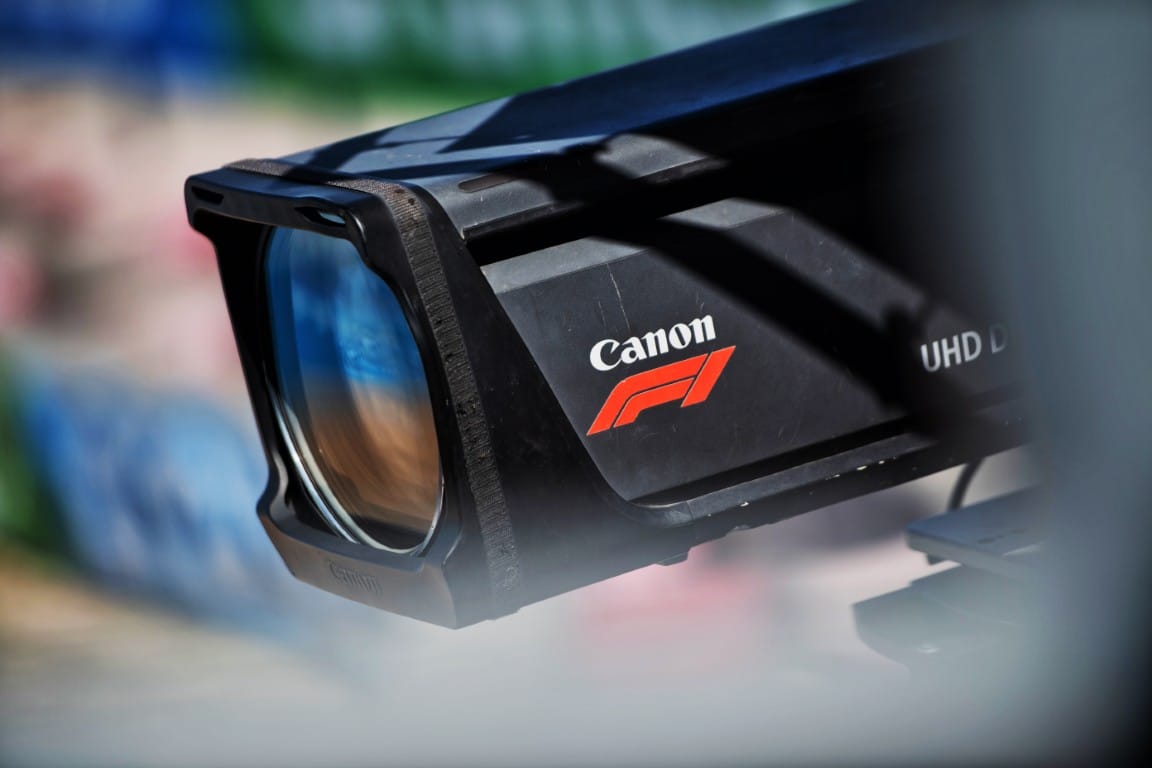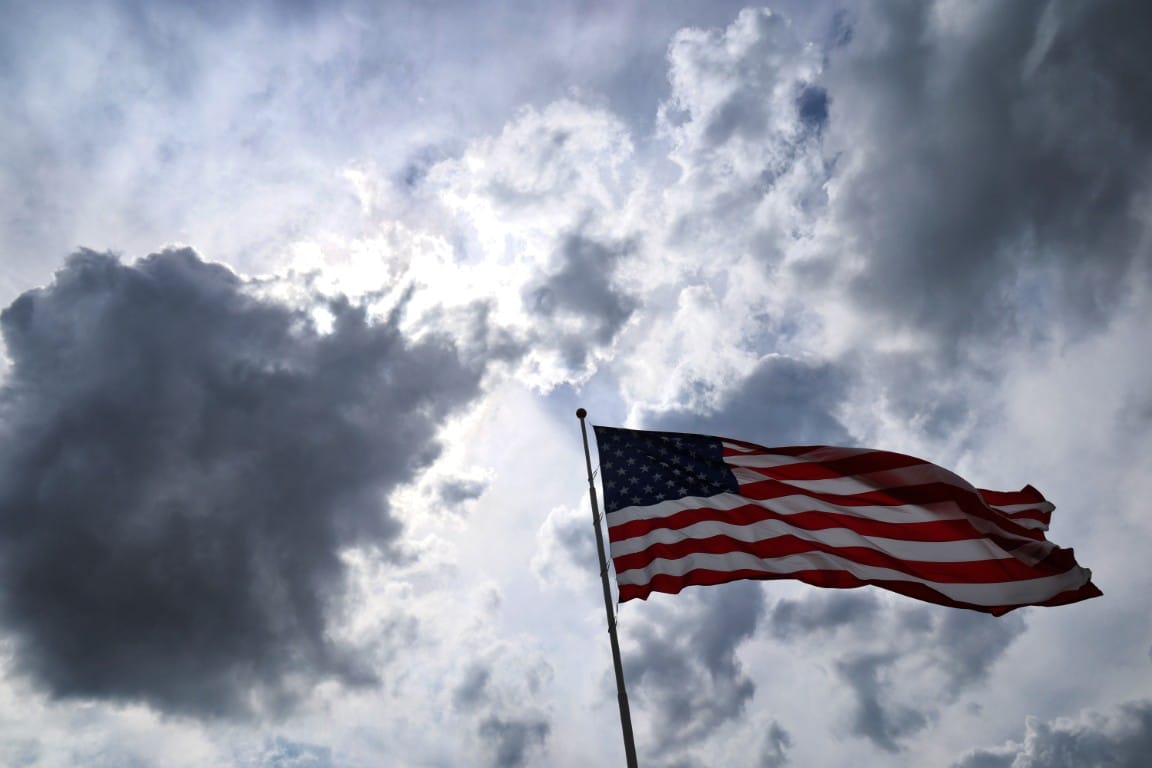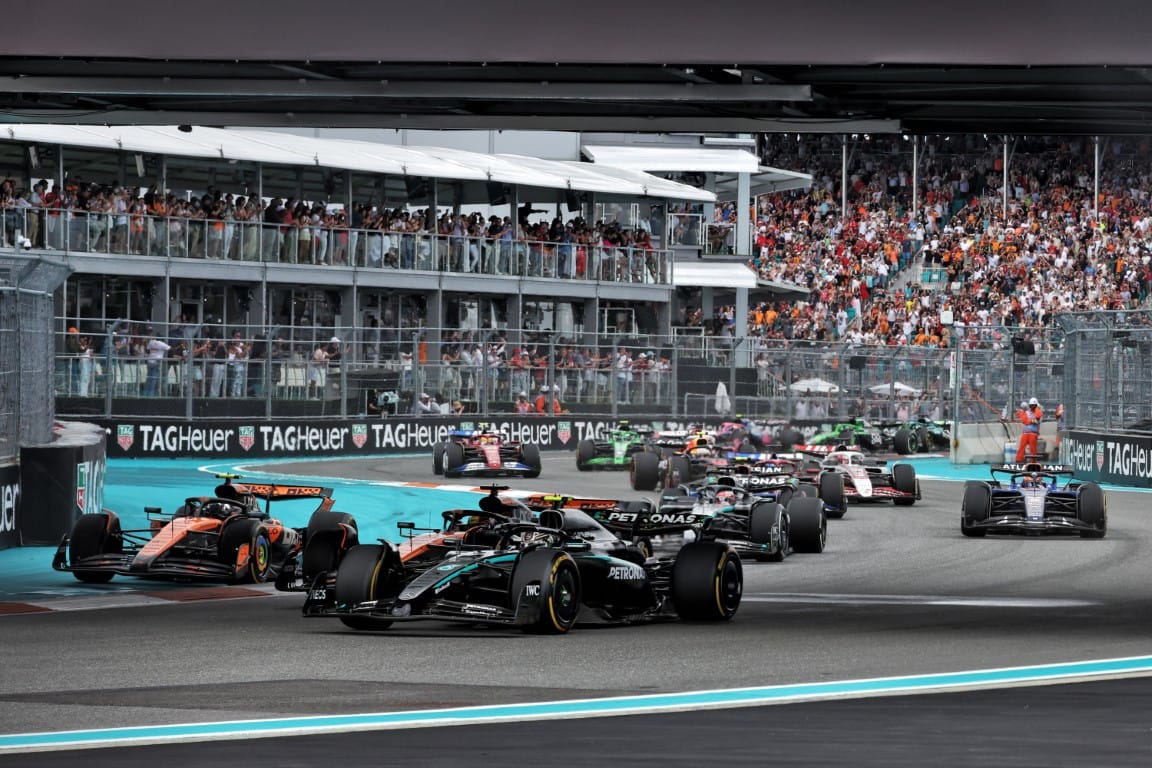The significance of Apple’s arrival as Formula 1’s official broadcast partner in the United States from 2026 goes way beyond just being able to stream races.
In fact, it could prove to be a defining partnership that shapes how F1 fans around the world – and not just in the USA – watch the sport over the next decade.
On Friday, F1 and Apple announced that they had reached a five-year agreement for grand prix racing to be shown exclusively in the USA on Apple TV from 2026 to 2030, as it replaces the previous US rightsholder ESPN.
The deal comes off the back of the Apple F1 film, which has grossed $630 million to become the most successful sports movie in history.
F1 sees the chance of the alliance with Apple helping it make a breakthrough in getting through to fans it has not had access to before.
With nearly 300 million iPhone users in the USA, it is not hard to see what possibilities there are if Apple can push F1 on its products.
“We are ready to get into more houses and more in the culture of the American fans,” said F1 CEO Stefano Domenicali.
“This is something that, of course, will represent a big step change in our approach, in the media landscape.”
But what is starting out as an exclusive arrangement in the USA market has all the potential to expand to potentially involve worldwide rights down the road, in a move that would totally shake up how fans watch F1.
Available all the time, anywhere
While F1 may lose some benefits that came from the widespread network coverage offered by previous US broadcaster ESPN, it clearly sees wider gains from the Apple deal.
There are no official figures released by Apple, but it is likely that a significant share of Apple’s estimated 45 million global subscribers are based in the USA. And the hope will obviously be of increasing that number.
Where F1 sees the biggest gains is that Apple is such an omnipresent company through consumers having multiple touchpoints with its devices, whether that is phones, watches or laptops.
F1’s chief media rights and broadcasting officer Ian Holmes explained: “What I think excites us most about this deal is the fact that it helps us address the fact that more people are consuming content in more different ways, on different devices and in different ways.
“The live coverage will be second to none. It’ll be more sophisticated and offer more variety and content than has ever been available in America.
“But then, outside of that, being a streaming service as well, it’s going to be able to be always on.
“We talk about ‘watchers’ and ‘followers’. Watcher being someone that perhaps sits in the live race and sits there for two hours and will enjoy an incredibly immersive and technically advanced offering.
“But the follower is perhaps a slightly lighter viewer, who maybe wants to dip in and dip out, consuming it with different types of content in different formats.
“We have that all sat in one home, if you like, with Apple. We feel that really makes the difference to how we grow and to be relevant and accessible to the broadest possible audience.”
Apple’s senior vice president of services Eddy Cue thinks that the upside of it being able to take the F1 product into households could be massive.
“The growth opportunity is huge,” he said. “It’s exponentially huge, right? It’s not about adding a few. You can exponentially grow the sport.”
The freemium model
One interesting aspect about the deal is that Apple appears to be taking a different approach to other broadcasters when it comes to availability of F1 on its platforms.
It is steering away from a policy of locking everything behind a paywall. It is also embracing the premium F1 TV product as an added bonus rather than seeing it as a threat.
The new arrangement will give access to all F1 practices, qualifying sessions, sprints and races for Apple TV subscribers – with no extra cost element involved.
However, a select number of races – suggested to be around four or five over the season – plus all practice sessions will be made available free to watch on the Apple TV app for non-subscribers.
The idea is clearly that trying to draw people in with some free action, rather than hiding everything away behind a paywall, could prove to be a bigger benefit in driving subscriptions.
Perhaps lessons have been learned from the way that Apple’s exclusive deal with Major League Soccer appears not to have delivered the returns and viewership bonus hoped for.
That model was based around a secondary subscription that hid it behind an extra paywall.

One other critical aspect to the F1 deal was in ensuring the continuity of the F1 TV platform.
Rather than Apple see F1 TV as a threat and make it unavailable in its market – as is the case for UK fans who have no means to subscribe – it is being viewed as something central to the F1 offering. So much so in fact that, as mentioned above, it will be free to any Apple TV subscriber.
As Holmes explained: “This is a fantastic deal in the sense that, if you look at the current prices and subscription levels for F1 TV as a standalone, you’ll actually get it for less.
“It just demonstrates the fact that we’re trying to have as broad an offering as possible, so that F1 can crop up in as many different ways and can be consumed in as many different ways as possible.”
Cultural relevance
While ESPN did a lot to help lift F1 interest in the United States, the opportunities offered by a deal with a company like Apple are clear.
The technology company’s presence in the heart of the modern consumer’s household unlocks possibilities that have never been on the table for F1 before.
Apple wants to make the most of its deal in pushing the F1 product across a whole range of its platforms – including Apple News, Apple Maps, Apple Music, Apple Sports and Apple Fitness+.
Cue explained: “We’re going to bring everything that Apple has to offer, from our retail stores, to all of our apps, including our sports app, podcasting, music, Apple TV, books, Apple news, and all of the capabilities our websites have.
“We have so many touchpoints with our customers, and we’re going to bring the brunt of that, like we did with the F1 movie, to the races and qualifying.”
The opportunities offered by making F1 a core component on every iPhone in the USA could be huge, as grand prix racing has never had the ability to be so readily accessible to fans.
As Domenicali said: “We know the power that they [Apple] have. We know the technology that they have. We know that they share the same passion on F1. This is not something that is negotiable.”

F1 sees this as being about much more than just lifting the number of eyeballs that are watching races on Sunday. It is about grand prix racing becoming a key part of everyone’s lives.
“Maybe you think that I’m crazy, but that’s really what should be our target,” added Domenicali. “It is people thinking about our sport, not only as a sport, but also as something that is more than that.
“I always say in the US, to be relevant, you need to start to be part of the culture. You wake up in the American houses, and you talk about the sport, you talk about the events. And that’s really the aim that we want to have together with Apple.
“Apple is more than a platform. It is a social movement that, with their technology, their vision has identified something unique.”
Next step – the world?
For now, the arrangement between F1 and Apple is exclusively for the United States market and will run until the end of 2030.
Doing anything in other major markets is impossible right now because a lot of these are already locked down with other deals. In the UK, for example, Sky’s exclusive F1 deal runs until 2029 – while Sky Germany and Sky Italy’s contracts run until 2027.
However, with Apple TV being a worldwide platform – and its presence being just as big around the world as it is in the USA – it would be logical to suggest that the next step could be a global deal.
It may not be a coincidence that the Apple USA deal runs until the end of 2030 – which fits in quite well with when other major markets’ contracts are up for renewal.
While neither Domenicali nor Cue have admitted directly that a global rights deal is the ultimate target, the messaging from both was clear that all options are on the table right now.
In fact, Domenicali hinted that other broadcasters now had a bigger fight on their hands when it came to sorting out future deals.
“We need to consider that we are in the global world,” he said. “We have to be respectful of the deal we have with the other partners that are very important for our growth in the market.
“But this is not stopping things that will enable us to understand if other markets will give us this opportunity. So why not? And this is really the target that we have together with Eddy, thinking as always big in the future.”
But Cue is clear that Apple will not attempt to run with its F1 coverage before it can walk. There is a long way to go before it can seriously think about making its deal global.
“This is what we’re doing for the next five years,” he said. “In my mind, I hope this is what we’re doing forever.
“We’re very excited about it. I think there’s a huge opportunity for both of us, but we’re focused on making this a success. And then it’ll be easier to keep growing and doing more.”
First Appeared on
Source link










